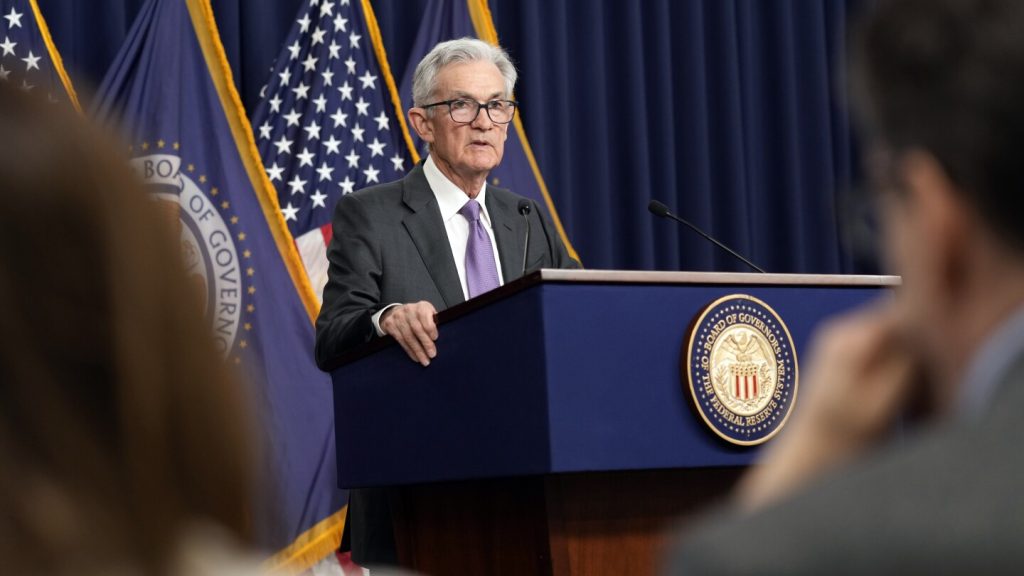The Federal Reserve policymakers expressed concerns about worsening inflation at their March meeting, as revealed in the minutes released on Wednesday. They noted that high inflation readings in January and February did not increase their confidence that inflation was falling steadily to their 2% target. Some officials disputed the idea that the price increases were merely one-time moves and argued that they were relatively broad-based. This assessment was confirmed by the government’s report that consumer inflation rose at a pace faster than the Fed’s target level for the third consecutive month.
Core prices, which exclude volatile food and energy costs, jumped 0.4% from February to March and were 3.8% higher than the previous year. The Fed closely tracks core prices as they provide a good indication of where inflation is headed. This continuous increase in core prices suggests that inflation is stuck above the Fed’s 2% target, making it less likely that the projected rate cuts will be implemented. While “almost all” officials favored cutting the benchmark rate at some point this year, the elevated inflation readings for March may cause them to reconsider before the next meeting at the end of the month.
Wednesday’s inflation data caused uncertainty in financial markets, leading to a sharp drop in stock prices. Analysts who had previously projected a rate cut in June now suggest that it may be delayed to July or September, or even that no rate cuts may occur this year. Despite the concerns about inflation, job growth remained robust last month, indicating that the economy is still healthy. The Fed had raised its benchmark rate to a 23-year high last year, and the current situation of elevated inflation and uncertainty about rate cuts adds complexity to the outlook for the economy.
Overall, the Fed policymakers face challenges in managing inflation and deciding on rate cuts as data continues to show elevated prices. The persistence of inflation above the 2% target level raises questions about the effectiveness of the Fed’s monetary policy tools in controlling price increases. The uncertainty surrounding inflation and the potential impact on rate cuts has created volatility in financial markets, with analysts adjusting their projections accordingly. The Fed’s upcoming meeting at the end of the month will be crucial in determining the next steps in response to the inflationary pressures and economic conditions.


